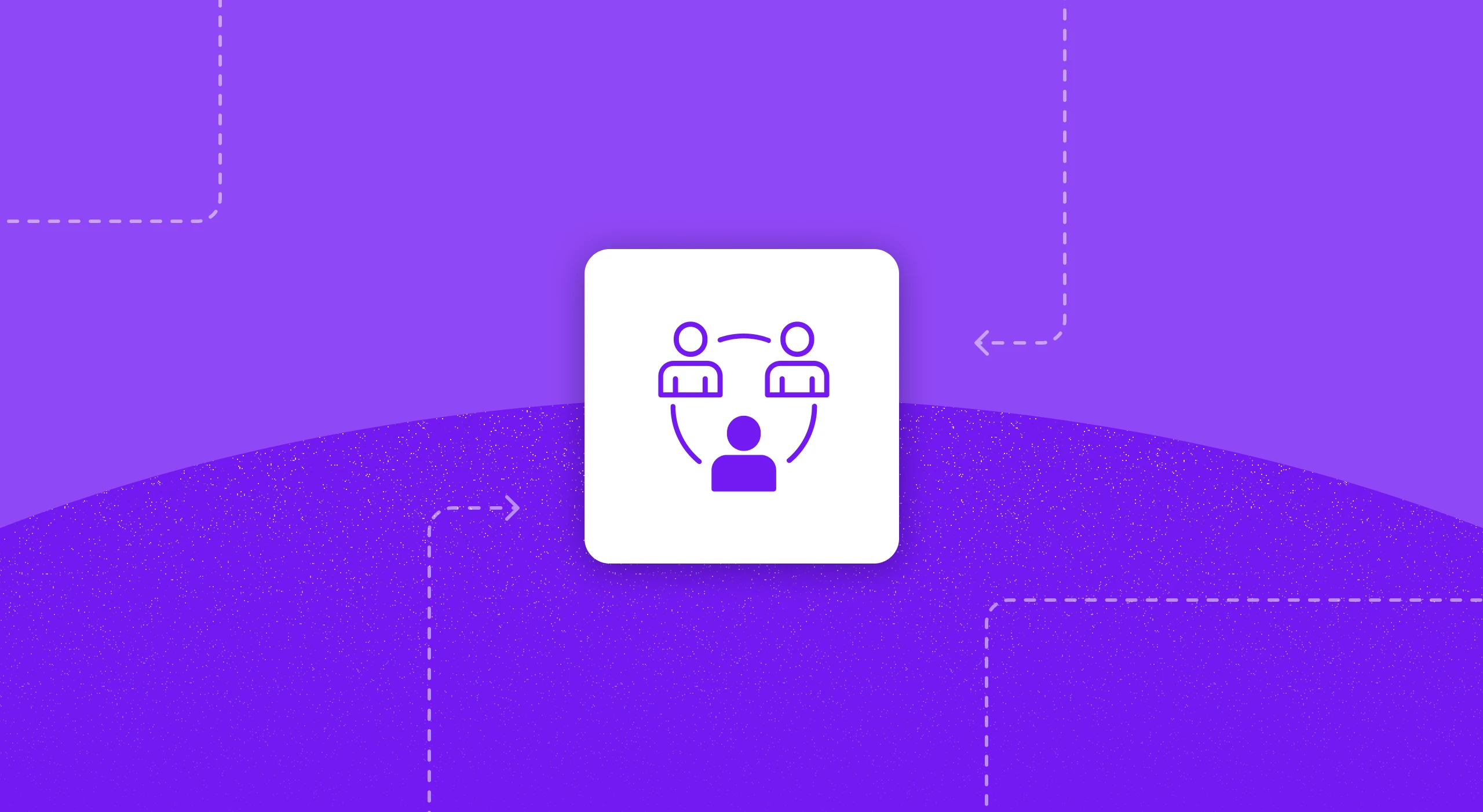For software companies, hiring and retaining R&D talent can literally be the difference between success or failure. But figuring out how many to hire and when to hire is often based on gut, not data.
When CFOs are used to leaning on data to inform their every decision, planning R&D headcount spend feels foreign – especially when it’s relatively easy to access and parse the data that informs staffing models for go-to-market teams. Comparable data for R&D teams has either been hard to access or completely unavailable. CFOs and engineering leaders have instead been left to make critical decisions based on instincts and assumptions.
But what if you could build a model founded on actual historical data and projections tied to your product roadmap? At Jellyfish, we practice what we preach. Using data from the Jellyfish platform, finance and engineering collaborate seamlessly to build an R&D headcount model based on data (not gut) that allows us to accurately create hiring plans for the year ahead.
As we gear up for 2026, we’re sharing the actual steps we take within and outside of the Jellyfish platform to plan for the upcoming fiscal year.
The Old Way: Building a Model Without Comprehensive Data
The Old Way: Building a Model Without Comprehensive Data
In previous companies, I attempted to build headcount planning models for R&D without the kind of comprehensive data that makes the process easy. While I had headcount models for sales, implementation, and other functions, R&D was always a challenge.
The best option was relying on Jira data. I downloaded data about where everyone had spent their time, mapped story points to estimated hours, and worked with product and engineering teams to t-shirt size how much effort future roadmap initiatives would require. It was painful to categorize all the actual data and turn it into estimates of effort spent. Harder still was predicting staff required for future work. Without a platform to give me visibility into where engineering spent their time, this process involved more guesswork than I would have liked.
Unbelievably, as manual as this process was, it was also considered rigorous financial analysis. It’s generally unusual for finance to download Jira data to build their own R&D headcount model. We were only able to make this happen because we had someone with a background in strategy consulting helping the finance team on this several weeks-long project. Up until then, it was mostly only using R&D % of spend / revenue spend benchmarks (and some back-and-forth with engineering) that got the job done.
The New Way: Leveraging Jellyfish to Make Data-Driven Decisions
The New Way: Leveraging Jellyfish to Make Data-Driven Decisions
Jellyfish makes it infinitely easier to get the data finance leaders need to build robust headcount models for R&D. In just a few clicks in Jellyfish, I’m able to access historical data about how our team spent their time, broken down into various categories – new roadmap initiatives, maintenance work, and customer work. This data is critical to understanding how much time and effort different types of projects typically require.
I worked closely with my product and engineering counterparts to map out our roadmap. We asked ourselves:
- What new initiatives are we committing to?
- How many resources will each initiative require based on historical data?
- What’s the expected timeline for each project?
By looking at comparable projects from the previous year, we were able to estimate how many people we would need to complete similar tasks in the upcoming year. For example, if a project this year took a team of four engineers working for a quarter, we could reasonably estimate that a similar project in 2026 would require the same resources.
Factoring in Maintenance and Overhead
Of course, R&D staffing is about more than just new initiatives. A significant percentage of the team will always be focused on keeping the lights on – maintenance work, bug fixes, and handling customer commitments. We also use Jellyfish’s data to understand how much of our team’s time has historically gone to these efforts and factor that into our staffing plan.
Here’s a sample:

The Importance of Timing
Time is the other critical dimension in headcount planning. It’s not just about how much work you’re planning for the year, but when you expect that work to get done. By tying specific projects to quarters or months, we can determine when additional staffing will be necessary and when our current team can handle the proposed workload. This also allows us to forecast when certain projects might need to be deprioritized if we’re short on resources or, alternatively, when we need to hire more aggressively.
Connecting Headcount to ROI
Once you have a model that predicts how much headcount you’ll need to execute your product roadmap, you can take it a step further by tying those projects to business outcomes. For each major initiative, we ask: ‘What kind of revenue or customer value will this generate?’ and ‘How much is this initiative worth to the business?’
With this data in hand, it’s possible to have strategic conversations about which projects make the cut and where to allocate resources. It’s no longer about gut feelings or guesswork – it’s about data-driven decisions that connect headcount needs to business value.
Systematizing R&D Headcount Planning with Jellyfish
Systematizing R&D Headcount Planning with Jellyfish
The most challenging part of headcount planning in the past was pulling together the data. Jellyfish takes away that pain by providing a comprehensive view of where engineering time is spent. With a Jellyfish report, you can break down time allocation by person and initiative to inform your planning.
In our case, it took just an hour of work with a data specialist to get a report that I can now refresh instantly whenever I need it. This report gives us a clear view of how many employees we need to hire or retain to execute our roadmap.
Getting R&D Headcount Right for 2026
Getting R&D Headcount Right for 2026
As you approach 2026 planning, here are the steps we recommend to help you accurately determine R&D staffing models:
- Gather historical data: Use Jellyfish to understand how your team spends their time on different types of projects.
- Map out your roadmap: Collaborate with product and engineering leadership to define your initiatives for 2026 and estimate effort based on past projects.
- Incorporate maintenance and overhead: Account for ongoing work that will consume a portion of your team’s time.
- Tie headcount to ROI: Evaluate the strategic importance of each project and its potential business impact.
- Use data to refine the plan: Adjust your assumptions as needed and revisit the model throughout the year to ensure you’re on track.
About the author

Joanne Cheng is Chief Financial Officer at Jellyfish, the leading Software Engineering Intelligence Platform. Jellyfish helps more than 500 companies including DraftKings, Keller Williams and Blue Yonder, leverage AI to transform how they build software. By turning fragmented data into context-rich guidance, Jellyfish enables better decisions across planning, developer experience and delivery so R&D teams can deliver stronger business outcomes.
Joanne has spent more than two decades working in the technology sector across a range of both public and private companies specializing in M&A, IPOs, Data Analysis, and Strategic Planning.
Prior to Jellyfish, Joanne held financial leadership roles at PatientPing, Carbon Black, Brightcove, and others. She graduated from MIT with a degree in Management Science and attended Phillips Academy.





